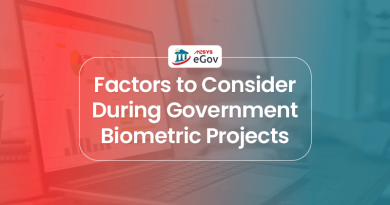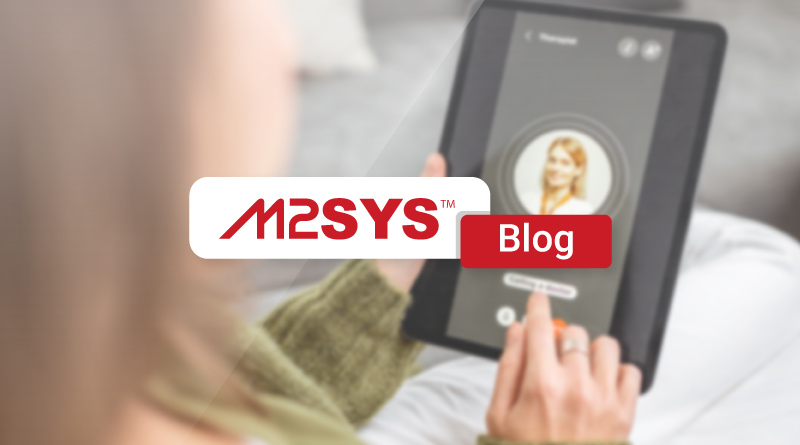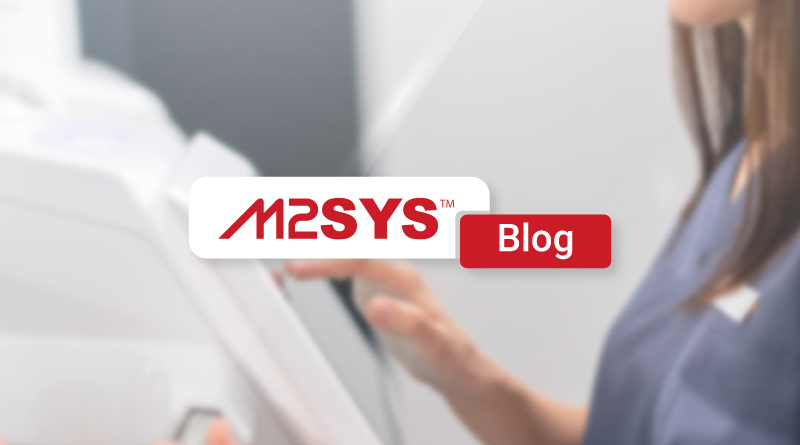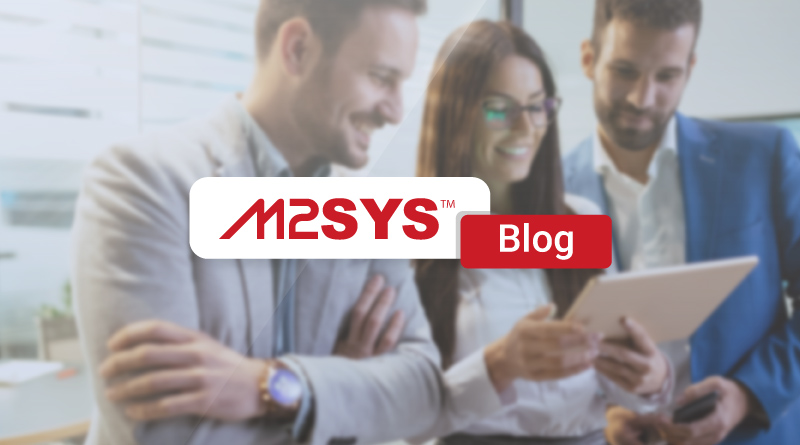How Remote Biometric Enrollment Expands Access to Critical Government Services
Over 1 billion people lack official ID, limiting access to services. Remote biometric enrollment offers a solution by allowing data submission from home, boosting participation and reducing fraud. This approach enhances access to government services, especially in remote areas, and improves efficiency and transparency.
Did you know that over 1 billion people worldwide lack official identification, blocking their access to essential services? This gap hits hardest in remote areas, where travel to government offices for enrollment creates major barriers. Government agencies struggle with these issues daily, as traditional methods demand in-person visits that lead to long waits and high dropout rates. However, new approaches now change this picture by bringing enrollment directly to citizens.
What Challenges Do Government Agencies Face in Citizen Enrollment?
Agencies often deal with outdated systems that require physical presence for biometric data collection. For example, in rural regions, citizens might travel hours or days to reach an office, only to face crowds and paperwork delays. These hurdles exclude vulnerable groups, such as the elderly or those in isolated communities. Moreover, manual processes raise costs through staffing and facilities, while errors in data entry invite fraud. A 2023 World Bank report highlights that inefficient enrollment systems cost governments billions annually in lost productivity and service gaps. So, agencies search for ways to streamline these workflows without sacrificing security.
Why Is Remote Biometric Enrollment a Key Solution for Underserved Areas?
Remote biometric enrollment allows citizens to submit fingerprints, facial scans, or iris images from their locations using mobile devices. This method cuts out travel needs and speeds up the process. For instance, field workers can visit homes or community centers to capture data on the spot. As a result, enrollment rates climb, and services like national ID cards or welfare benefits reach more people. In fact, programs in countries like Zambia have shown that mobile enrollment boosts participation by up to 40 percent in hard-to-reach areas. Therefore, this approach not only expands access but also builds trust in government operations.
How Does Remote Biometric Enrollment Reduce Fraud and Errors in Government Programs?
Traditional setups leave room for mistakes, such as mismatched records or fake identities. Remote systems counter this by encrypting data and verifying it against central databases in real time. Agencies then catch duplicates or inconsistencies right away. For example, during Haiti’s public health initiatives, digital verification helped track over 1 million patient identifications, cutting errors in treatment delivery. Consequently, programs for social welfare or voter registration become more reliable, ensuring aid goes to the right people.
What Role Does Technology Play in Streamlining Remote Enrollment for Agencies?
Technology platforms now make it simple for agencies to set up remote processes without heavy coding. They integrate with existing databases, allowing quick setup for specific needs like healthcare or ID issuance. Software vendors and integrators benefit too, as these tools fit seamlessly into their workflows, reducing development time. With over 20 years of working with governments worldwide, including in the US, M2SYS eGov has seen firsthand how such platforms solve these pain points. The M2SYS eGov platform builds and delivers eGovernance solutions that enable secure remote biometric enrollment. It supports mobile capture on everyday devices, with instant verification and audit trails for compliance. For instance, in Turkey’s national ID project, similar integrations organized data for 80 million citizens, showing how these solutions scale effectively.
How Can Remote Biometric Enrollment Improve Efficiency in Large-Scale Government Projects?
In big programs, like those for national IDs or welfare, administrative loads can overwhelm staff. Remote enrollment lightens this by automating data flow from field to backend systems, even in low-connectivity zones. Synchronization happens when connections return, preventing data loss. The Utah County Sheriff’s Office, for example, integrated inmate management to maintain consistent records from intake to release, proving the value in real operations. Thus, agencies cut costs and deliver services faster, meeting citizen demands for quick access.
What Benefits Do Citizens Gain from Remote Biometric Enrollment in Government Services?
Citizens in remote spots no longer miss out on healthcare, voting, or aid due to distance. They enroll from home or nearby, saving time and money. This inclusion fosters equity, as seen in the Dominican Republic’s health programs where mobile IDs improved tracking for diseases like malaria. Overall, satisfaction rises when services feel accessible and secure.
How Does Remote Biometric Enrollment Support Compliance and Transparency?
Regulations demand accurate records and privacy protection. Remote systems provide real-time logs and AI checks to meet these standards. Agencies avoid penalties and gain public confidence. In US correctional facilities, enhanced visitor and inmate verification has reduced fraud, highlighting transparency gains. So, this method strengthens oversight while expanding reach.
As governments push for digital services, remote biometric enrollment stands out as a practical way to bridge gaps. Platforms like M2SYS eGov, drawing from extensive global experience, help agencies implement these changes smoothly. If your agency faces enrollment barriers, exploring such solutions could open doors to better service delivery and wider inclusion.









